The half-lit lunar disk will rise alongside the ringed giant Saturn and dimmer Neptune in the early morning hours of June 19, putting on a spectacular show just six hours after the moon hits its third quarter phase.
Saturn, the moon and Neptune will be at their closest in Earth‘s sky at 9:11 p.m. EDT on June 18 (0111 GMT on June 19), at which time the trio will be separated by a mere 2.58 degrees while below the horizon for those in the U.S., according to stargazing website in-the-sky.org. Remember, it’s possible to measure distances by holding your hand at arms length against the night sky. The width of the tip of your little finger accounts for 1 degree in the night sky, while the width of your clenched fist measures roughly 10 degrees.
The best time to spot the solar system alignment will come during the early morning hours on June 19, at around 1:30 am EDT for viewers in New York, when the giant planets rise alongside the moon on the eastern horizon. The exact time that the trio will become visible will vary depending on your location, so be sure to check a trusted source such as the Stellarium smartphone app to get precise timings for your locale.
The half-lit form of the third quarter moon will be the first to rise, with Saturn following shortly after, visible as a bright morning star a little under 4 degrees to the lower right of the lunar disk. The ice giant Neptune – too dim to spot with the naked eye – will be positioned roughly 1 degree to the upper left of Saturn and can be observed using a telescope with an aperture of 8-inches (200 mm) or greater, according to telescope-maker Celestron.
 Chart showing the meeting of Saturn, Neptune and the Moon, 19 June 2025. Credit: Pete Lawrence
Chart showing the meeting of Saturn, Neptune and the Moon, 19 June 2025. Credit: Pete LawrenceIn the following days, Earth’s natural satellite will leave the giant planets behind as it tracks a path towards Venus, with its disk growing ever thinner as it approaches its new moon phase on June 25. Saturn and Neptune meanwhile will remain close to each other in Earth’s sky over the coming months.
Stargazers looking to explore the planets of our solar system for themselves should check out our guides to the best binoculars and telescope deals available in 2025. Photographers hoping to upgrade their gear ahead of the next celestial alignment should also read up on our roundups of the best cameras and lenses for astrophotography.

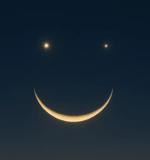
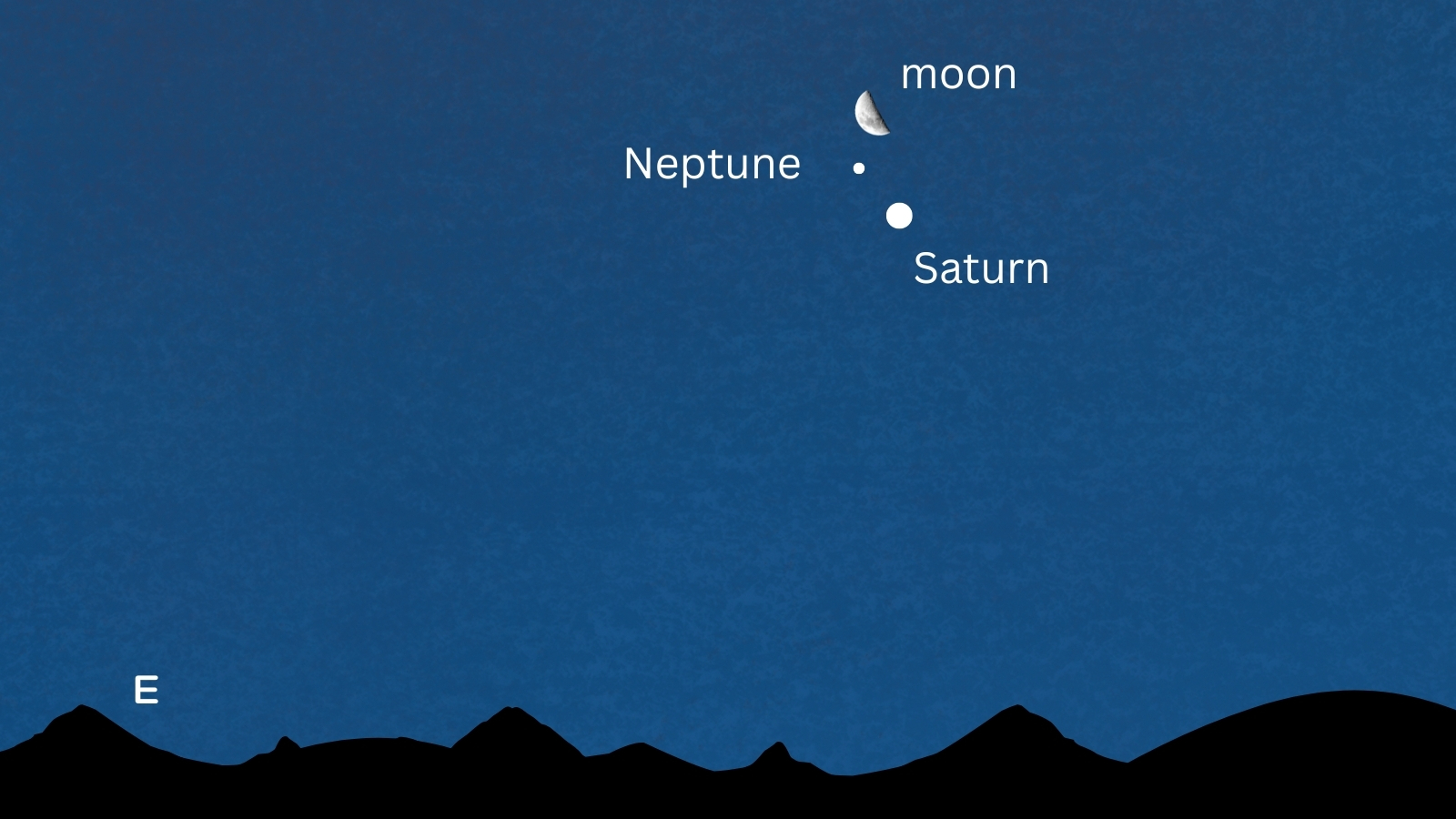
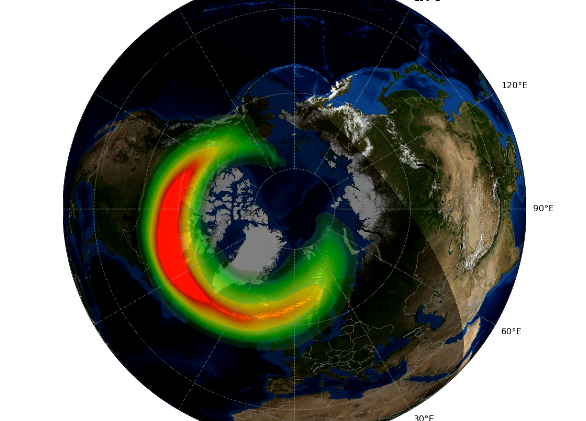
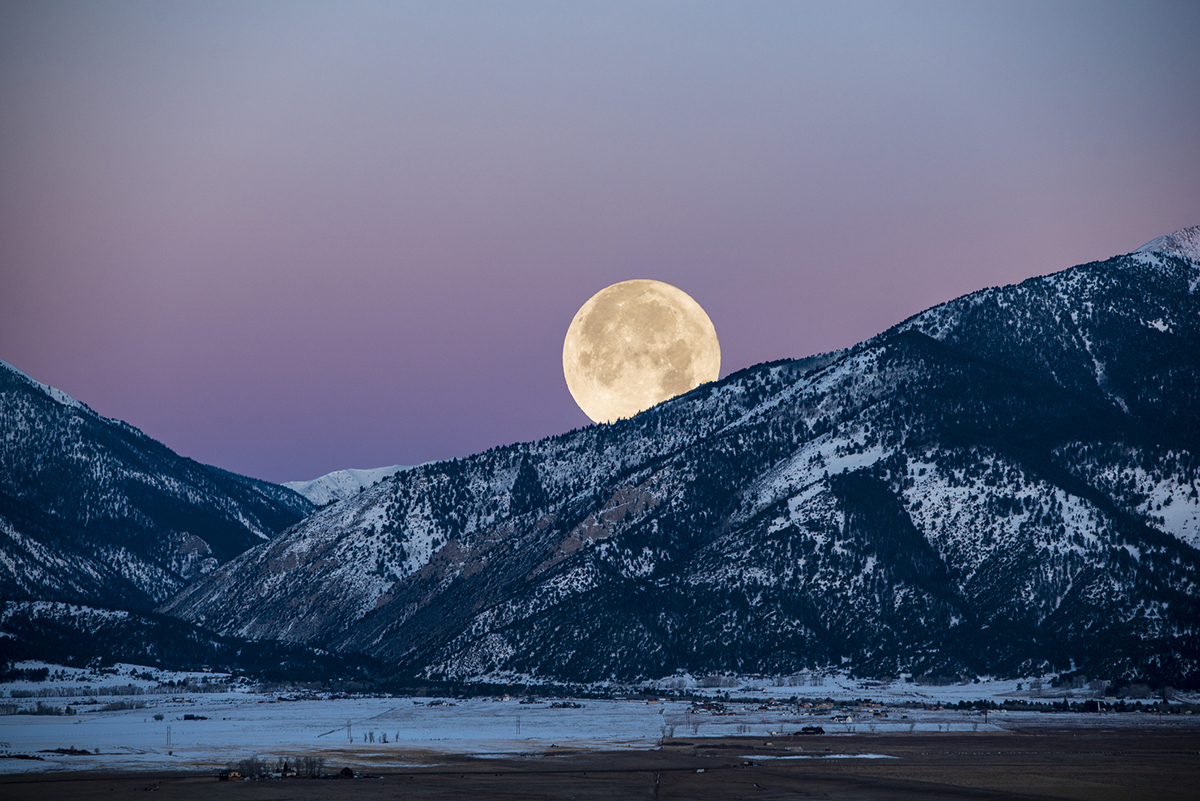
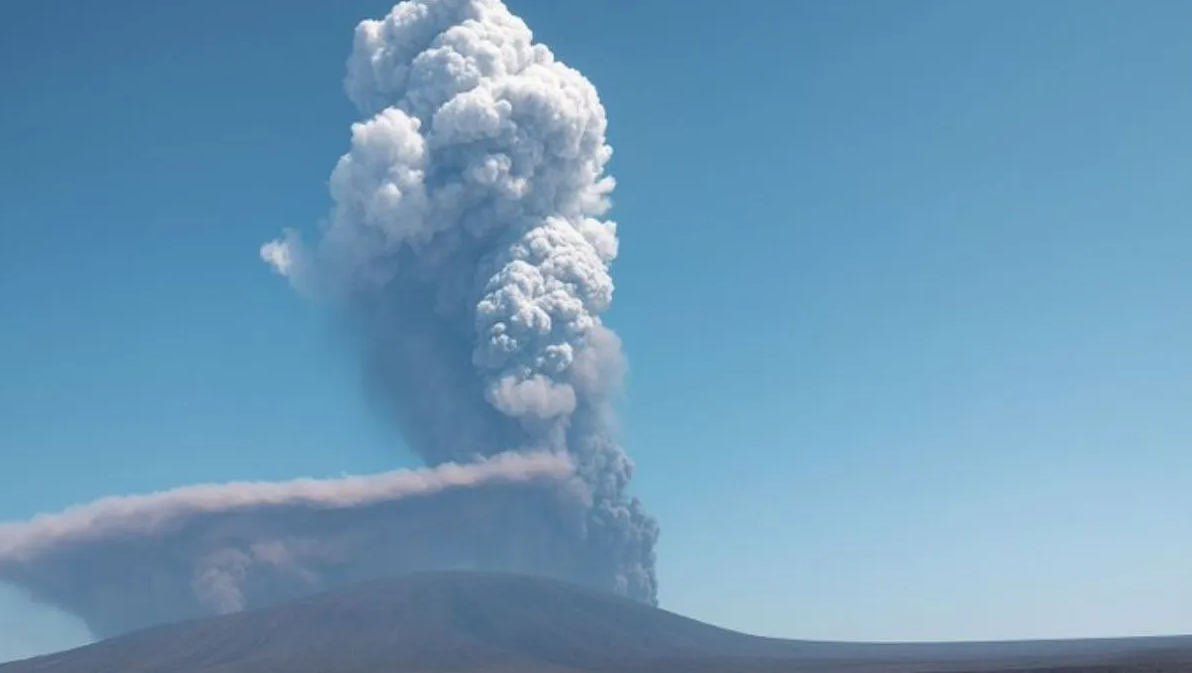

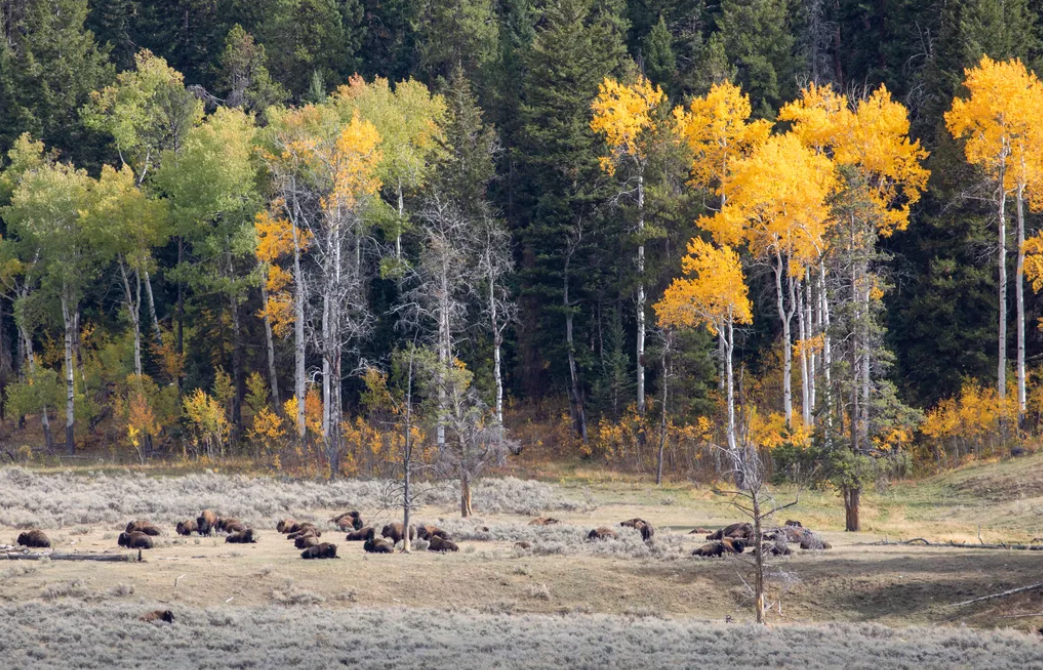

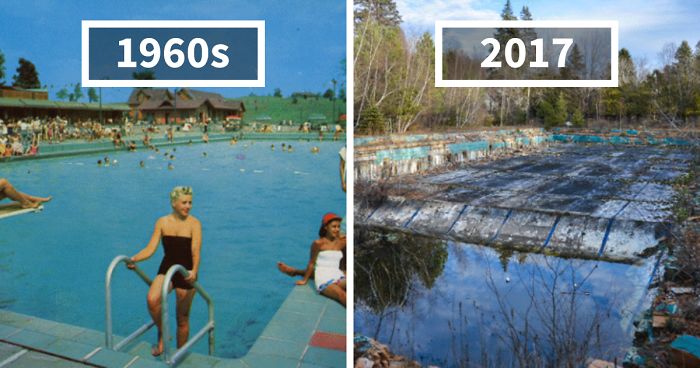 Photographer Finds Locations Of 1960s Postcards To See How They Look Today, And The Difference Is Unbelievable
Photographer Finds Locations Of 1960s Postcards To See How They Look Today, And The Difference Is Unbelievable  Hij zet 3 IKEA kastjes tegen elkaar aan en maakt dit voor zijn vrouw…Wat een gaaf resultaat!!
Hij zet 3 IKEA kastjes tegen elkaar aan en maakt dit voor zijn vrouw…Wat een gaaf resultaat!! 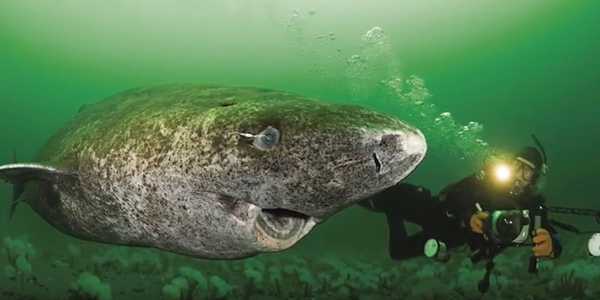 Scientists Discover 512-Year-Old Shark, Which Would Be The Oldest Living Vertebrate On The Planet
Scientists Discover 512-Year-Old Shark, Which Would Be The Oldest Living Vertebrate On The Planet  Hus til salg er kun 22 kvadratmeter – men vent til du ser det indvendigt
Hus til salg er kun 22 kvadratmeter – men vent til du ser det indvendigt  Superknepet – så blir snuskiga ugnsformen som ny igen!
Superknepet – så blir snuskiga ugnsformen som ny igen!  Meteorite That Recently Fell in Somalia Turns Out to Contain Two Minerals Never Before Seen on Earth
Meteorite That Recently Fell in Somalia Turns Out to Contain Two Minerals Never Before Seen on Earth  Nearly Frozen Waves Captured On Camera By Nantucket Photographer
Nearly Frozen Waves Captured On Camera By Nantucket Photographer 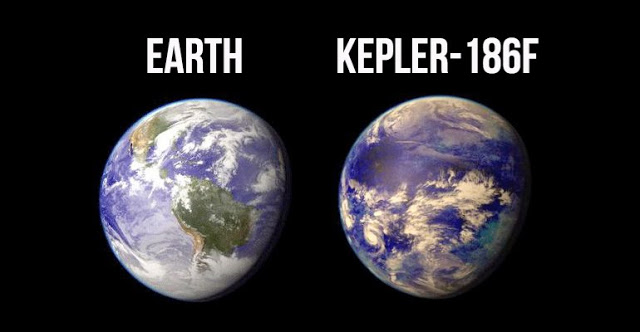 It’s Official: Astronomers Have Discovered another Earth
It’s Official: Astronomers Have Discovered another Earth 